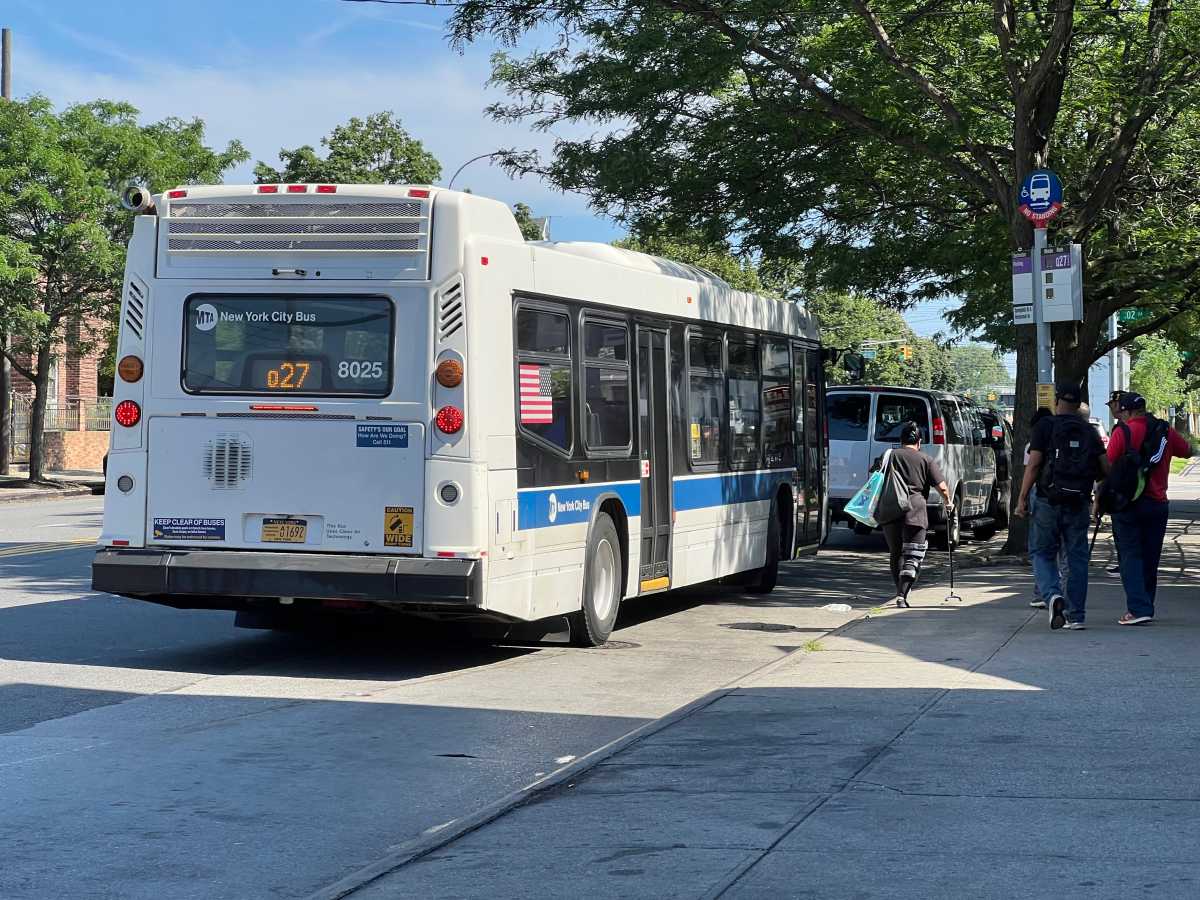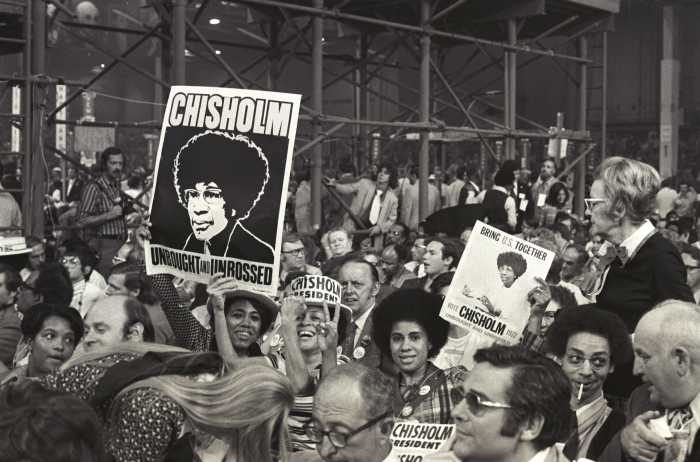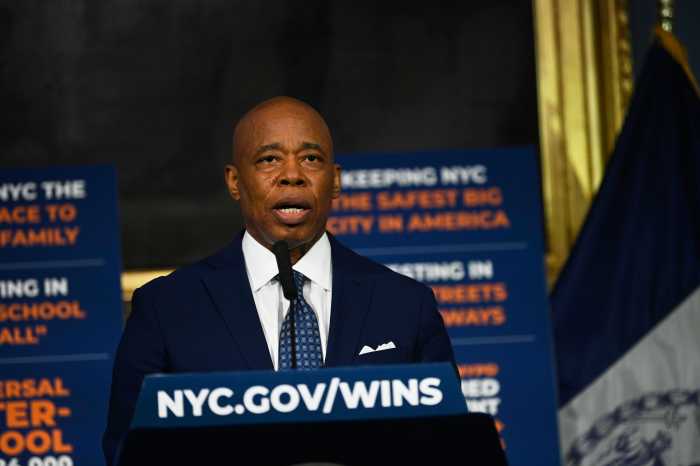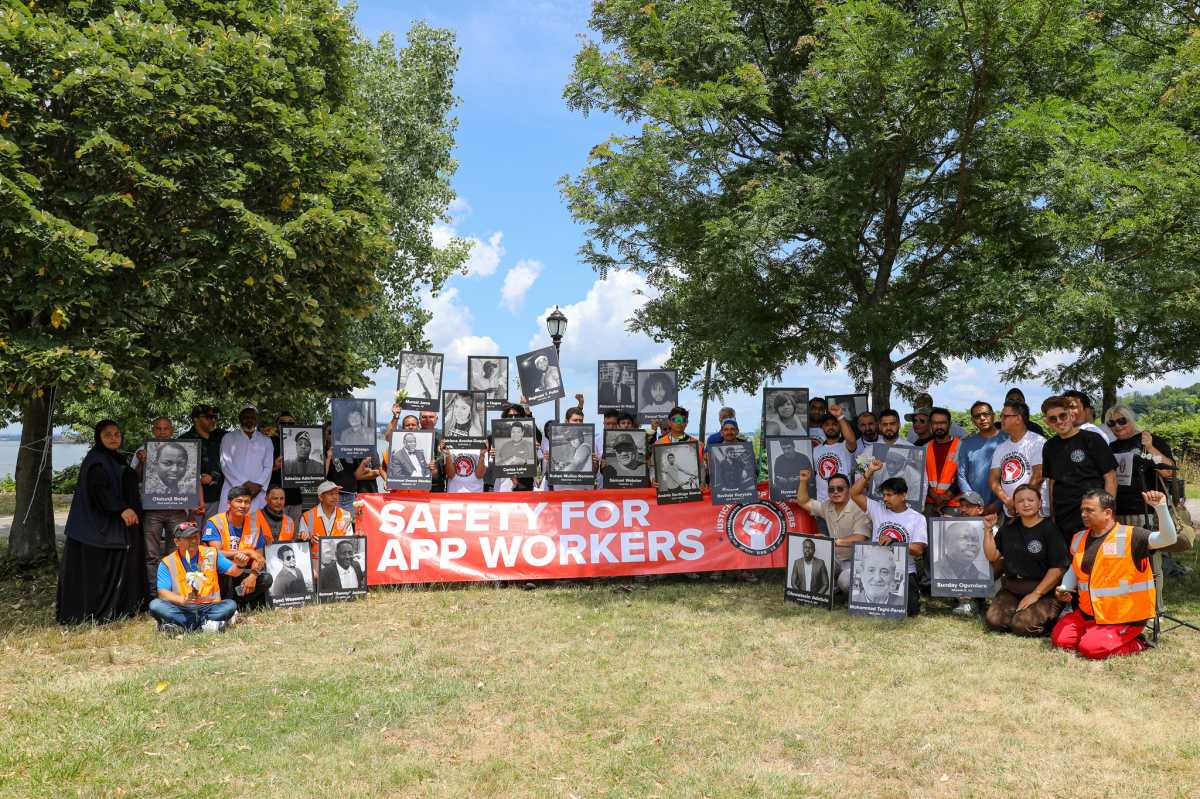Volume 78 / Number 8 – July 23 – 29, 2008
West and East Village, Chelsea, Soho, Noho, Little Italy, Chinatown and Lower East Side, Since
Editorial
Greasing the wheels for better bikeways
This season may go down as the “Summer of Cycling” in the city. More and better bike paths are being built, a wide cycling and walking corridor will be created between Lower Manhattan and Central Park on three special Saturdays next month, and private groups have started a number of free bike rental programs.
Putting these initiatives into high gear is Mayor Bloomberg’s Transportation commissioner, Janette Sadik-Khan.
Subway and bus ridership continues to grow, while Albany remains clueless as to how to pay for the desperately needed expansion. More cyclists mean less-crowded mass transit.
Most New Yorkers fear cycling in the city, for good reason — it’s dangerous. The efforts to separate bikers from cars by using methods like European-style cycle tracks should get more people pedaling and create momentum to expand the great new programs. The Villager first reported last week on how cycle tracks are planned for Eighth Ave. in the Village and Chelsea and Grand St. in Soho and Little Italy. This is the wave of the future for increasing city cycling by making it safer.
It’s no secret that bike lanes without a protective barrier between traffic and cyclists lead to problems: Cars, vans and trucks often flagrantly park in, stand in and weave into bike lanes, defeating the whole point of having a part of the street dedicated for bikes. Just one car parked in a bike lane creates a risky situation for cyclists — forcing them to veer out into high-speed traffic.
One can say it’s up to police to be more vigilant and ticket scofflaw motorists who clog bike lanes. Realistically, though, there are so many motorists perpetuating parking and moving violations in bike lanes that there probably just aren’t enough police officers to keep on top of the problem. That’s why a design element like cycle tracks is proving so effective and will only be more so once implemented more widely.
As any New York City pedestrian will vouch, motorists here are aggressive to the point of putting people’s lives at risk just in trying to navigate a crosswalk from one side of the street to the other. Similarly, cyclists know that it’s the drivers, ensconced in their massive metal machines, that, like “road warriors,” wield the power to inflict crippling injury and even death.
Cycle tracks will help rebalance the equation by giving cyclists real security: Motorists simply will not be able physically to enter these protected lanes.
A downside to the protected bike lanes, however, is that merchants complain they are hurting business by hampering deliveries. This is certainly a serious issue with economic ramifications, and we look to D.O.T. for answers about how to continue to expand protected bike lanes while also protecting local merchants’ livelihoods.
Over all, though, we think the novel bike lane improvements coming out of City Hall are a giant step — or, rather, a giant pedal — in the right direction. A real revolution, so to speak. Let’s keep it rolling!



































